We may earn money or products from the companies mentioned in this post. This means if you click on the link and purchase the item, I will receive a small commission at no extra cost to you ... you're just helping re-supply our family's travel fund.
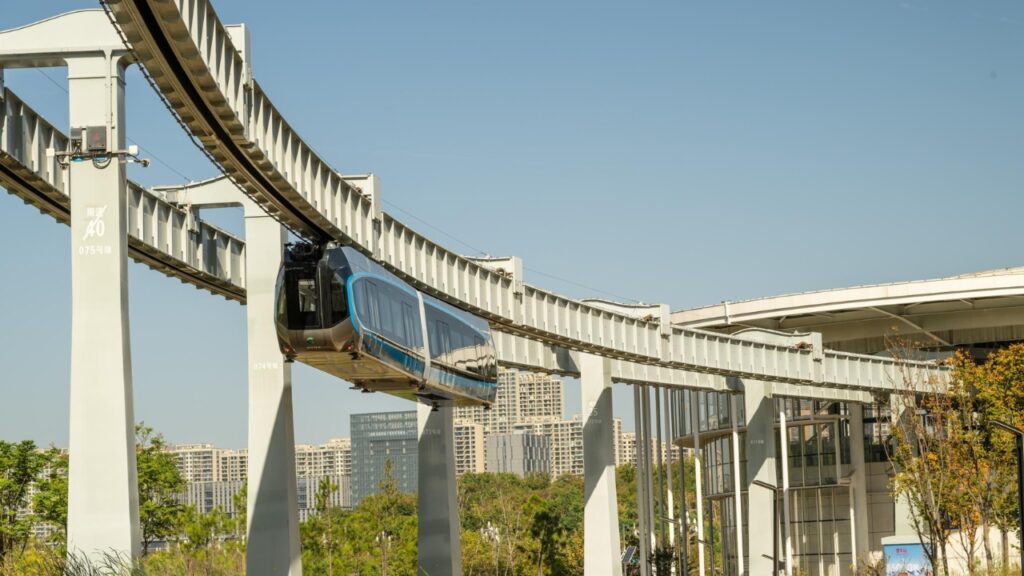
Float above the city on Wuhan’s Optics Valley Light Rail, a suspended monorail turns your commute into an aerial adventure. Sleek carriages hang beneath a single steel beam, letting you glide above traffic and treetops. Glass floor panels give you a vertigo-tinged view of streets and parks below. Since opening in Sept. 2023, this line has drawn millions seeking a novel perspective on urban travel—and a glimpse at transit’s future.
1. China’s First Commercial Suspended Monorail
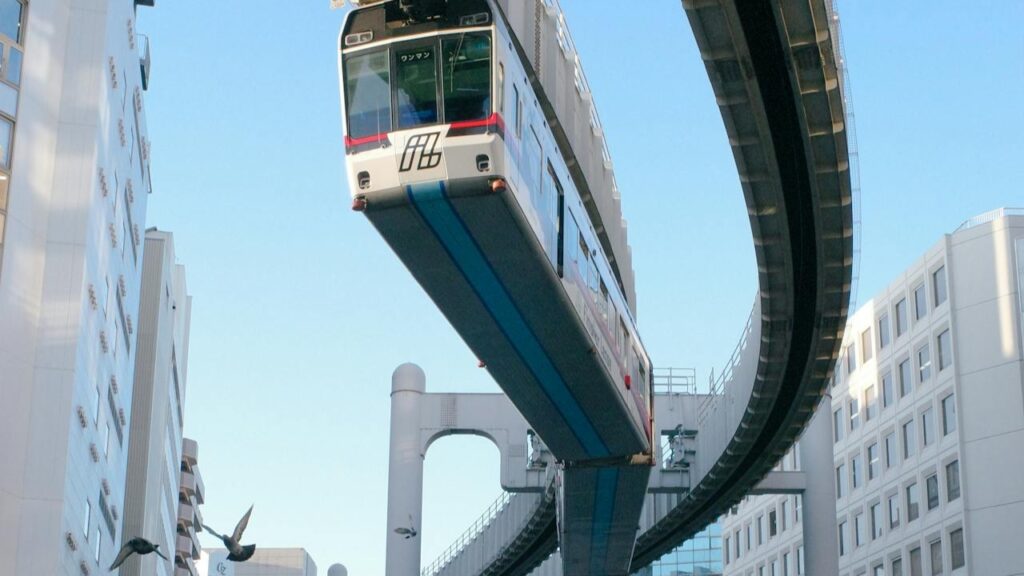
When you board the Optics Valley Light Rail, you step into a transportation innovation. Unlike trains that roll on tracks beneath your feet, this system hangs from one overhead rail, carrying two-car trains that whisk up to 220 passengers at 60 kph. Engineers designed each carriage to balance smoothly, even on curves, with magnetic brakes and energy-recapture systems that cut power use. It’s a ride that shows what urban transit can look like when someone dares to flip the script.
2. Glass Floors That Shift Your View
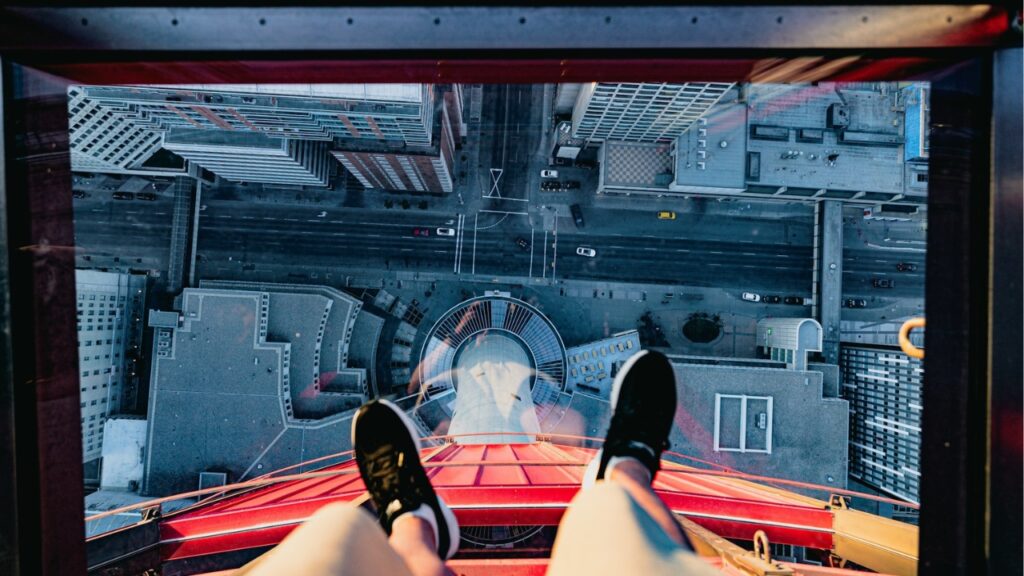
One step onto the transparent floor panels and your heart races. Clear, reinforced glass reveals ten meters of air and asphalt below as you drift forward. Streets, parks, cyclists, even tiny ants on sidewalks take on new scale. The effect is equal parts thrill and wonder. Many riders pause at the edge of the glass, letting their gaze drift down while the city hums just out of reach. It’s a simple twist on design that transforms a routine trip into a moment you’ll remember long after you return to solid ground.
3. Fully Automated, Driverless Operation
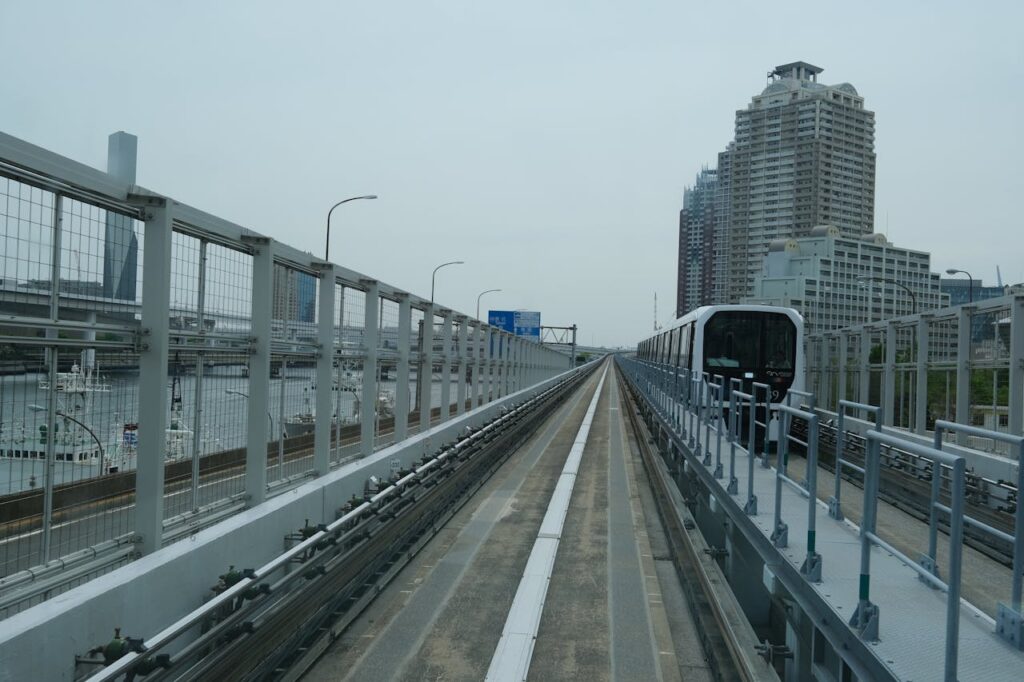
No human pilot steers this train—software handles everything. The system uses grade-of-automation Level 3 controls, meaning trains start, stop, and dock themselves precisely at each platform. Sensors monitor speed, track alignment, and weather conditions in real time. If something shifts, fail-safe protocols kick in automatically. For you, it means a silent, smooth journey without the hum of a diesel engine or the chatter of an operator. It feels like riding inside an intelligent pod built for comfort and calm.
4. A Route Through Tech and Greenery

The 10.5 km track cuts across Wuhan’s Optics Valley, the city’s tech hub where universities and high-tech firms cluster. One moment you’re over gleaming research parks, the next through tree-lined lanes in an ecological corridor. Stations perch above plazas where locals mingle, shop, and grab street food. Each stop opens onto a different slice of life—startup campuses at one, bamboo groves at another. You see innovation and nature coexisting, reminding you that modern cities can balance growth with green space.
5. Six Stations That Tell a Story
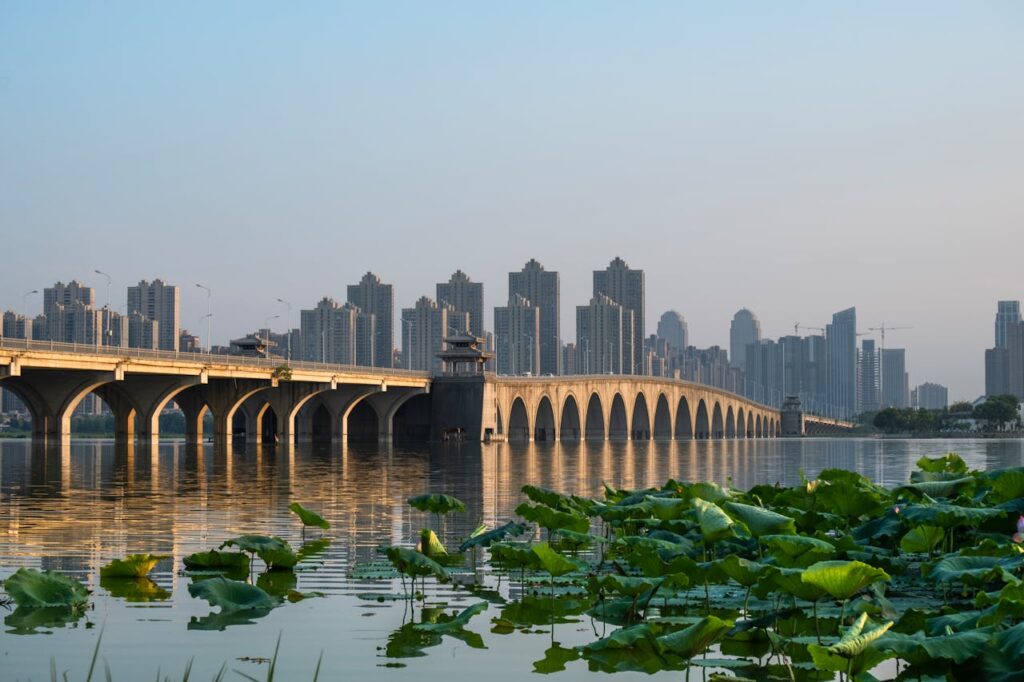
Start your trip at Jiufengshan Station, nestled against forested hills and ancient tombs. Next, Gaoxin Avenue connects you to subway lines and a vibrant pedestrian plaza. Along the way, stations named for tech parks, research institutes, and cultural sites give context to each neighborhood. At Longquanshan, you glimpse royal tombs dating back six centuries. The stations aren’t just stops—they’re portals into Wuhan’s past, present, and future, each with its own character and surprises waiting just off the platform.
6. Affordable Tickets, Futuristic Boarding
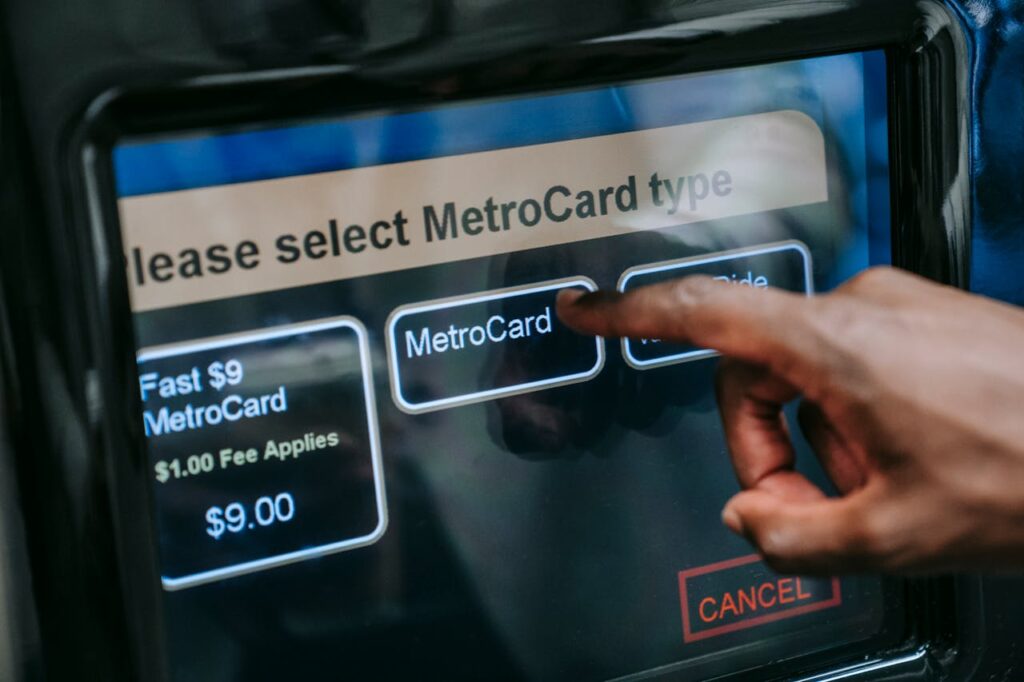
You don’t need a king’s ransom to ride. A single trip costs 30 yuan, day passes run 40 yuan, and QR codes or face-ID get you on board in seconds. The system even supports palm-vein scanning and transit cards, so you breeze past turnstiles without fumbling. Trains run every ten minutes, more often during rush hour. You move quickly, yet the ride itself invites you to slow down and look around. It feels high-tech without high-maintenance, like a sleek gadget you actually enjoy using every day.
7. Why It Matters on a Global Stage
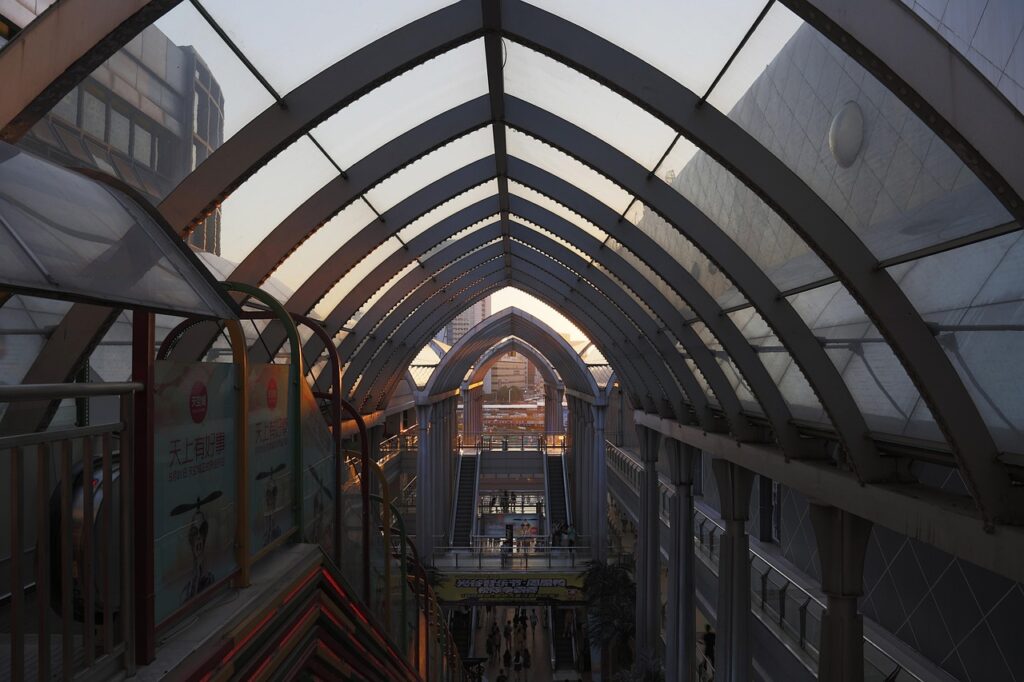
Optics Valley isn’t a catchy name—it’s home to more fiber-optic output than anywhere on Earth, staffing 300,000 engineers, researchers, and entrepreneurs. This transit line isn’t a novelty—it’s a statement. It announces Wuhan’s rise from industrial hub to a testbed for bold ideas. International media and tech visitors flock here to see how a city can redefine public transport. The suspended monorail is proof that innovation can lift you—literally and figuratively—when true ambition meets solid engineering.